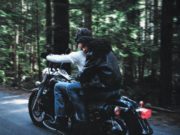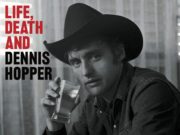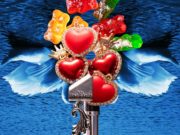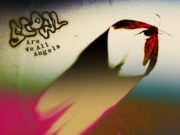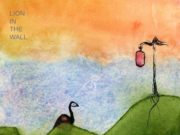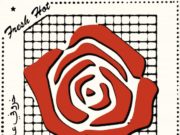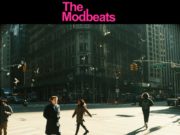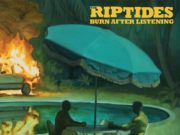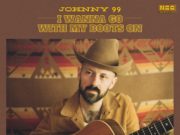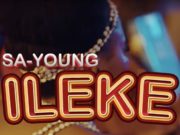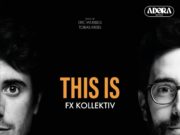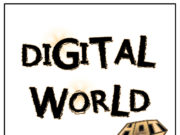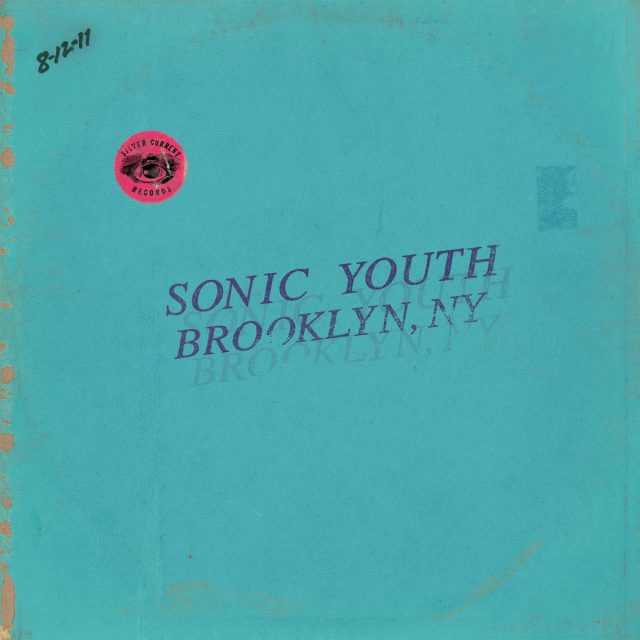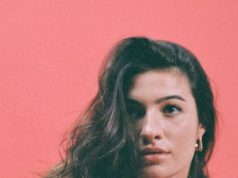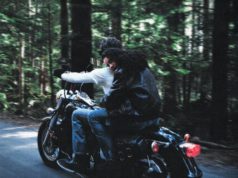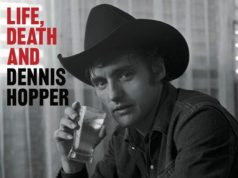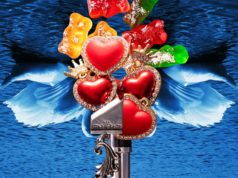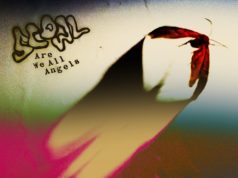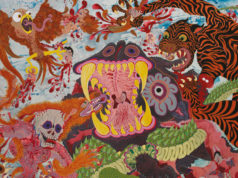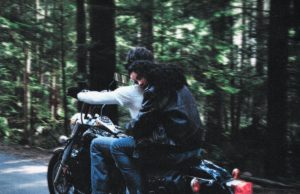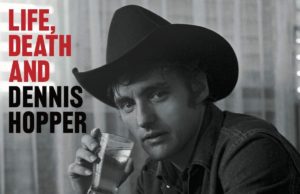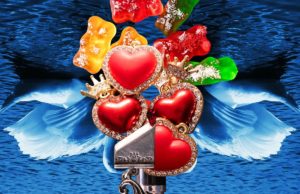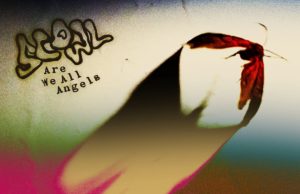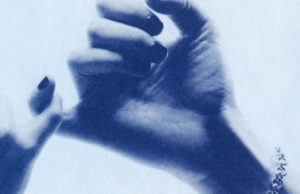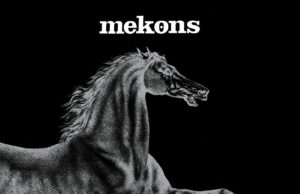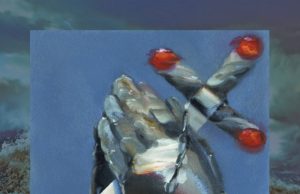THE EDITED PRESS RELEASE: “On Aug. 12, 2011, Sonic Youth played their final U.S. show on an outdoor stage overlooking the East River at the Williamsburg Waterfront in Brooklyn. In hindsight, it was fitting that their storied career would end with a panoramic view of New York City — the city where it all began 30 years before — having left in their wake one of one of the most powerfully influential careers in rock music.
Following incredible sets from Kurt Vile and Wild Flag, the band took the stage. As the sun went down over the city, Sonic Youth ripped through a 17-song set that spanned their career, with deep cuts off their first studio album and highlights from a host of other releases, all the way through to their last offering. It was like they were a band with something — or maybe everything — to prove.
Drummer Steve Shelley explains the unique, career-spanning set list of Live in Brooklyn 2011 and how it came to be, as well as the importance of outdoor N.Y.C. summer shows in Sonic Youth’s legacy:
“This show was a culmination of a run of really special outdoor summertime shows in New York City for us, starting in ’92 with Summerstage in Central Park, when we played with Sun Ra. For the Williamsburg Waterfront show I wrote out the set list to present to the band and it was a lot of material we hadn’t played in a while, a lot of deep cuts, so I wasn’t sure if everybody would feel like doing it.
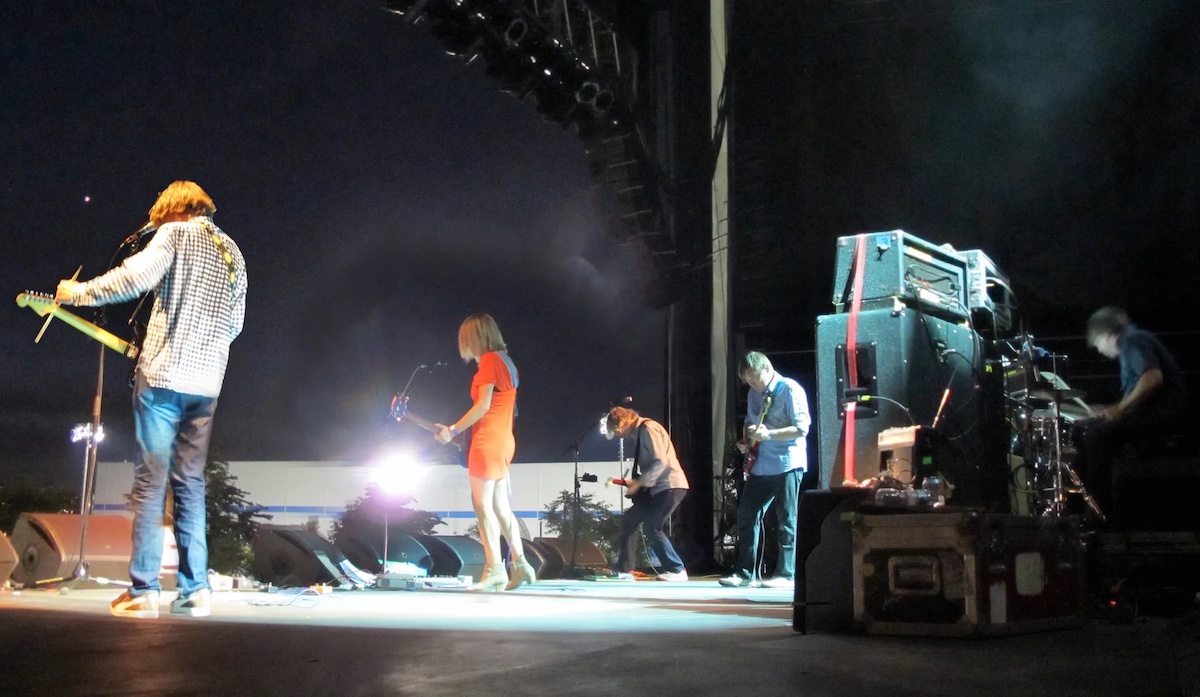
“After worrying about which songs the band might say yes or no to, I threw those concerns out the window and I just made a list of songs that I thought would be a great set. We practised the week of the show at our space in Hoboken and put the set together. First we’d try and make sure we had a guitar in the song’s tuning, then we’d try to remember the arrangement and try and put it together, sometimes re-learning bar by bar. In the end I think the whole song list made it through.
“Even as early as ’86 and ’87 we stopped playing Death Valley 69 and Brave Men Run with any regularity. We’d just get excited about new material coming into the set and songs would get retired and wouldn’t get played again for years. So on this particular night in Brooklyn a lot of those retired songs and deep cuts got dusted off and played for this show. It turned out to be a pretty special event with a really special song list.”
The band would go on to fulfill a contracted festival run in South America a few months later — but by then, the group’s center was severed beyond repair and the festival appearances didn’t hold the same kind of weight.
Recalls guitarist Lee Ranaldo: “The stage was facing the East River from the Williamsburg, Brooklyn waterfront, and I recall the sun going down in the west during our set. It was a pretty magical, if kinda weird day. Fitting, somehow, that our ‘last show’ should be in New York City, our home and where it all began.” Indeed, the Williamsburg Waterfront show would fondly become referred to as The Last Show by fans and band alike, equally for its triumphant high-energy performance, its unique and expansive set list and its locale.”



